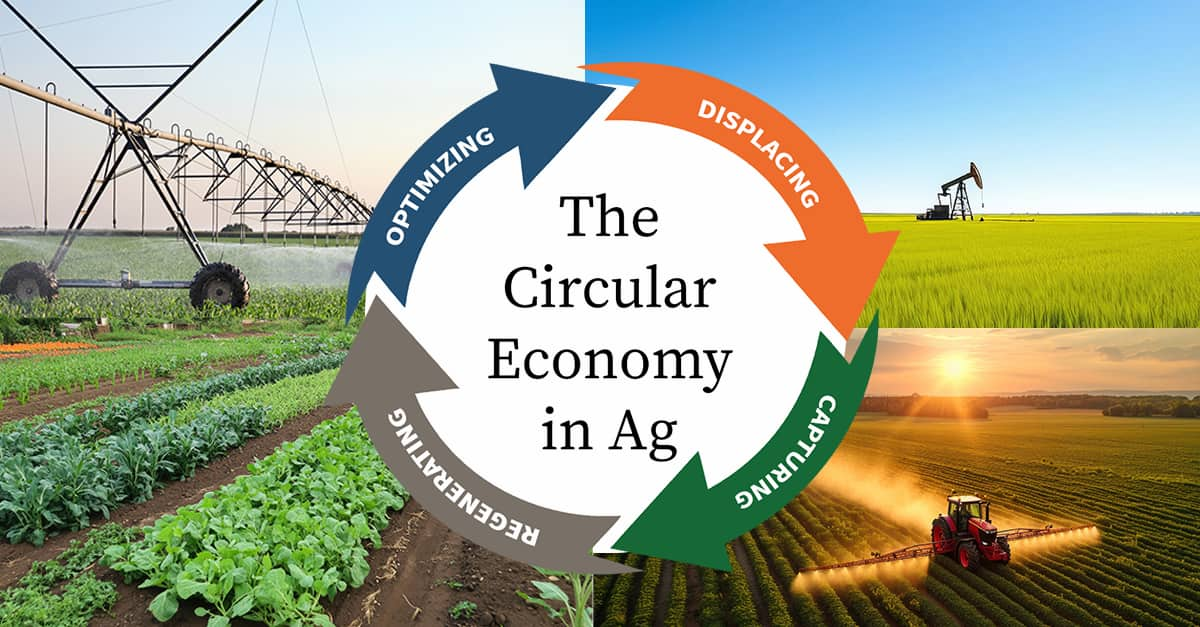
The global regulatory landscape for agricultural biologicals is rapidly changing, and this evolving landscape presents both challenges and opportunities for those involved in the development and commercialization of biological products. At AgriThority®, we understand that as regulations continue to evolve, understanding regional differences in how biological products are defined, determining how a new biological product will fit into these definitions, and figuring out how this new biological product will ultimately be regulated are critical steps that will have major implications on the cost and time needed to commercialize a new product in each region. Our expertise can guide you through these complexities to help ensure your product’s successful launch.
Understanding Regional Differences in Biological Products Definitions
While agricultural biologicals encompass a wide range of products that can be grouped into various regulatory categories, the primary distinction, at least initially, is between a pesticidal and a non-pesticidal product. Before this distinction can be made, one needs to understand what terms are defined in each region and how they relate to each other.
Brazil Regulatory Landscape
In Brazil, agricultural biologicals are mostly regulated by the Ministry of Agriculture and Livestock (MAPA) in different categories such as pesticides (agrotoxins), inoculants, and bioinputs. In December of 2023, Law N° 7.802 was replaced with a new pesticide law Nº 14.785, which is regulated by Decree N° 4.074.
The law defines ‘pesticides’ as “products and agents of physical, chemical or biological processes intended for use in the production sectors, in the storage and processing of agricultural products, in pastures or in the protection of planted forests, the purpose of which is to alter the composition of the flora or fauna, in order to preserve them from the harmful action of living beings considered harmful.”
With biologicals in mind, it goes on to define ‘biological control agent’ as “living organism, naturally occurring or obtained through genetic manipulation, introduced into the environment to control a population or biological activities of another living organism considered harmful”. Decree N° 4.074 also contains definitions for ‘biological control agent’ and ‘pesticide and the like’. The primary difference between the Decree and the new law is that the new law breaks the definition of ‘pesticide and the like’ (agrotóxicos e afins) into two definitions; one for pesticide (agrotóxicos) and the other for ‘the like’ (afins). . Functionally, these definitions are aligned.
Agricultural biological products that are not considered pesticides or other product types defined in Law N° 14.785, but are still intended for agriculture are most likely governed by Law N° 6.894 and regulated by Decree N° 4.954. This law and decree regulate fertilizers, correctives, inoculants, or biofertilizers, remineralizers and substrates for plants and defines these terms. . To determine where an agricultural biological might fall, the Decree, in this case, has much more detailed definitions of these terms. Of the terms defined and regulated, there are only a few that an agricultural biological product could potentially fall under. .
‘Fertilizer’ is a “mineral or organic substance, natural or synthetic, providing one or more plant nutrients.”
‘Corrective’ is a “product of inorganic, organic or both natures, used to improve the physical, chemical and biological properties of the soil, isolated or cumulatively, without taking into account its value as a fertilizer, in addition to not producing characteristics that are harmful to the soil and plants, subdivided as follows:
- acidity corrector: product that promotes the correction of soil acidity, in addition to providing calcium, magnesium or both;
- alkalinity corrector: product that promotes the reduction of soil alkalinity;
- sodicity corrector: product that promotes the reduction of sodium saturation in the soil;
- soil conditioner: product that promotes the improvement of the physical, physicochemical properties or biological activity of the soil;”
‘Inoculant’ is a “product containing microorganisms that act favorably on plant growth, understood as:
- support: excipient and sterilized material, free of contaminants according to the established limits, which accompanies the microorganisms and has the function of supporting or nourishing, or both functions, the growth and survival of these microorganisms, facilitating their application; and
- purity of the inoculant: absence of any type of microorganisms other than those specified;”
‘Biofertilizer’ is a “product containing an active ingredient or organic agent, free from agrotoxic substances, capable of acting, directly or indirectly, on all or part of cultivated plants, increasing their productivity, without taking into account their hormonal or stimulating value”
‘Remineralizer’ is a “material of mineral origin that has undergone only particle size reduction and classification by mechanical processes and that, applied to the soil, alters its fertility indices, through the addition of macronutrients and micronutrients for plants, and promotes the improvement of physical, physicochemical properties or biological activity of the soil”.
The Fertilizer and remineralizer definitions are based on the content of the product, in this case, the products need to contain plant nutrients or be of mineral origin, respectively. A ‘Corrective’ is based on the activity of the product and its ability to correct some aspects of the soil. This definition doesn’t seem to preclude the use of biologicals, but of the over 1,000 registered corrective products in Brazil, none of them contain microbials. Similarly, ‘Biofertilizer’ doesn’t seem to limit the term to any specific type of product, however, in Normative Instruction No° 61, this definition was expanded to subdivide this term into different groups. These groups include amino acids, humic substances, algae, and plant extracts. And finally, ‘Inoculant’ is clearly a definition intended for agricultural biologicals.
To summarize, a new microbial product in Brazil would be classified as a pesticide if it is intended to control a population or the biological activities of another living organism considered harmful. If it is only intended to act favorably on plant growth, it would be classified as an inoculant.
Where to Go from Here
Understanding the terms defined by different regions is an essential first step to determining the regulatory path for a new microbial product. There are many details of the products that can have major impacts on how they are defined and, ultimately, regulated by the different regions. Engaging with the AgriThority® regulatory experts early in the product development process can prevent costly missteps while streamlining the path to market.
As the regulatory environment for agricultural biologicals continues to evolve, understanding and navigating these regional differences with AgriThority® support will be crucial for a timely and cost-effective launch. The tailored regulatory solutions are designed to meet the specific needs and goals of your product, and the AgriThority® expertise can guide companies through these complexities to ensure a successful product launch.


